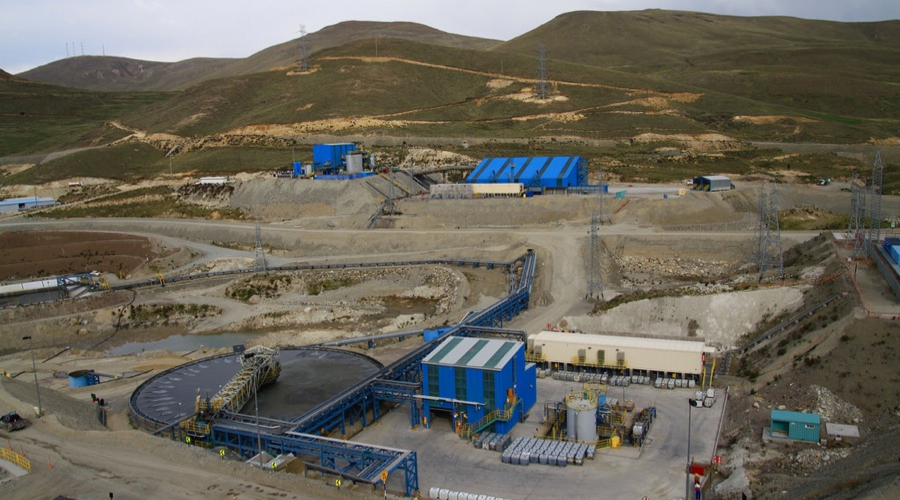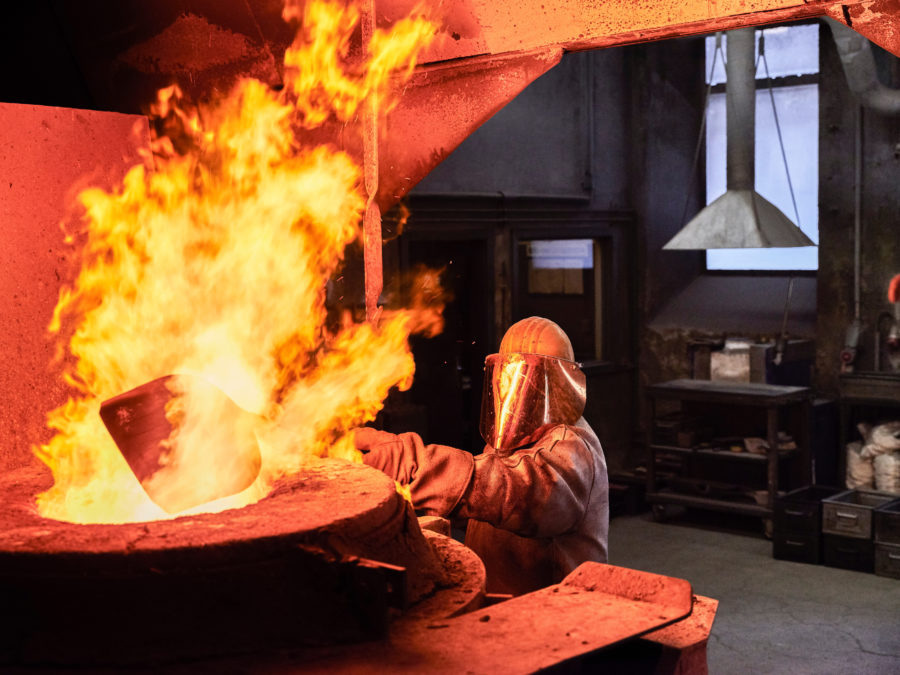Peru community says it won’t end Glencore mine blockade until demands met

An indigenous community in Peru’s Espinar province that blocked a key mining road on Wednesday plans to continue the blockade indefinitely, a local leader said, in protest against the government and Glencore PLC’s Antapaccay copper mine.
The conflict comes a day after the government defused a similar standoff in nearby Chumbivilcas.
The Antapaccay mine declined to comment. Reuters was unable to reach a government mining spokesperson for comment.
The road is known in Peru as the mining corridor, and has become a lightning rod in the country, the world’s second-biggest copper producer after neighboring Chile.
As of Wednesday, the community had blocked the road to protest against the environmental and social impact of the mine as well as the lack of government engagement with the local populace, said Flavio Huanque, a community leader in Espinar.
Huanque said earlier on Wednesday that one of the community’s demands was for the government to replace its prime minister, which President Pedro Castillo did later in the day, though it was not clear whether the replacement was related to the demand.
The former prime minister “came here on Sept. 11 and showed an absolute lack of knowledge about the problems regarding the indigenous communities of Espinar,” Huanque told Reuters.
Still, Huanque said the blockade will continue until Antapaccay addresses their grievances, which includes decades of complaints of environmental degradation.
The mining corridor, which traverses the Andes for about 500 km (310 miles), was blockaded for about three weeks in September.
Those blockades were in a more remote part of the road, affecting the huge Las Bambas copper mine, owned by MMG Ltd – a unit of state-owned enterprise China Minmetals Corp Ltd – but sparing other mines including Antapaccay.
The blockade now affects both mines. Antapaccay is Peru’s sixth-largest copper mine, whereas Las Bambas ranks fourth, showed data from the ministry of energy and mines.
(By Marcelo Rochabrun; Editing by Marguerita Choy and Christopher Cushing)
More News
Copper price plunges below $10,000 amid escalating global trade war
China retaliated against U.S. tariffs with a 34% levy on American imports.
April 04, 2025 | 08:15 am
US tariffs set to cripple India’s diamond industry, hurting jobs, exports
US takes more than 30% of India's jewellery exports.
April 04, 2025 | 07:14 am
{{ commodity.name }}
{{ post.title }}
{{ post.excerpt }}
{{ post.date }}



Comments